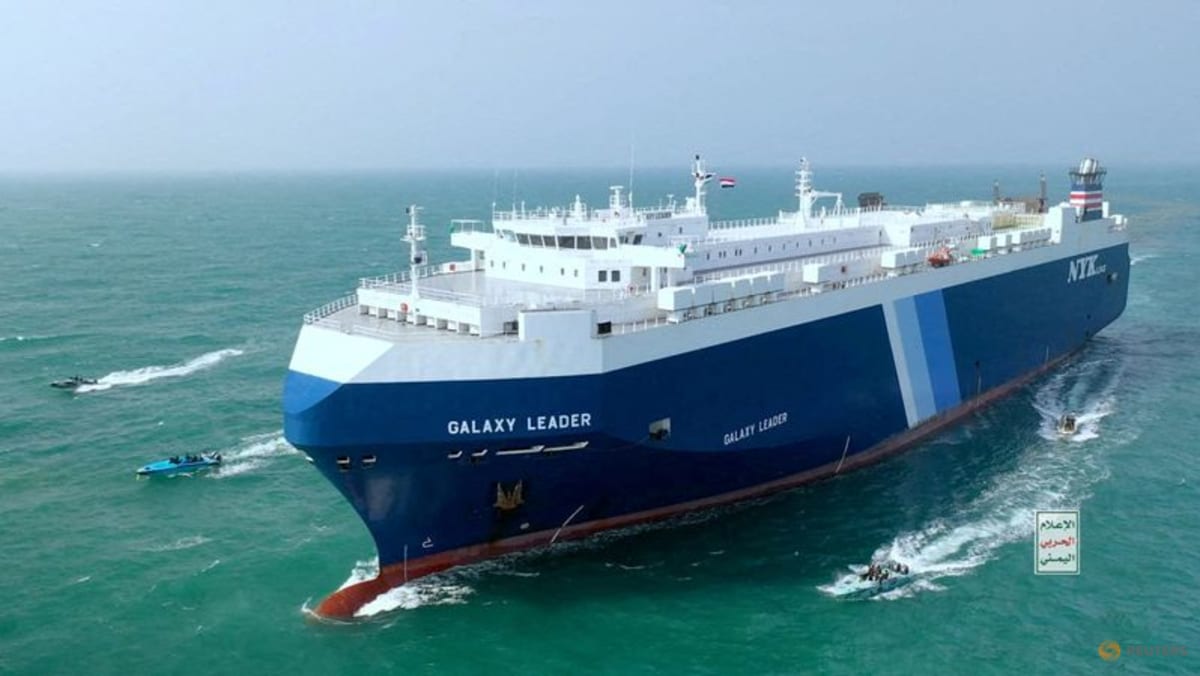Red Sea attacks disrupt world trade, more ships vow to avoid waters

The cost to ship a container from China to the Mediterranean was up 44 per cent in December alone to reach US$2,413, due to the Red Sea disruptions, Freightos said earlier this week.
If the conflict persists or intensifies those so-called “spot” prices for cargo that isn’t under contract “could double or triple from current levels,” Sur said.
Global furniture seller IKEA is among the shippers warning of potential cargo delays and product shortages. Elsewhere, Finnish elevator maker Kone estimated that some shipments could be delayed by two to three weeks.
While goods that travel by container, including apparel, toys and food, are most at risk – other products are being affected.
US soybean exporters, who were already switching shipments from the drought-stricken Panama Canal to the Suez Canal, are weighing whether to start putting crops on trains to the West Coast to access ships that go directly to China and other Asian markets to avoid significantly longer alternate voyages around South America or Africa.
“You’ve got all these imperfect options available,” Mike Steenhoek, executive director of the Soy Transportation Coalition.
Analysts warned that some retailers could start running low on some goods by February, though after the COVID-19 pandemic more companies have sought resilience in supply chains by buying from exporters in different regions.
“We are more experienced having gone thru COVID,” said Sur, whose firm counts retailers among its clients.
Source: CNA















